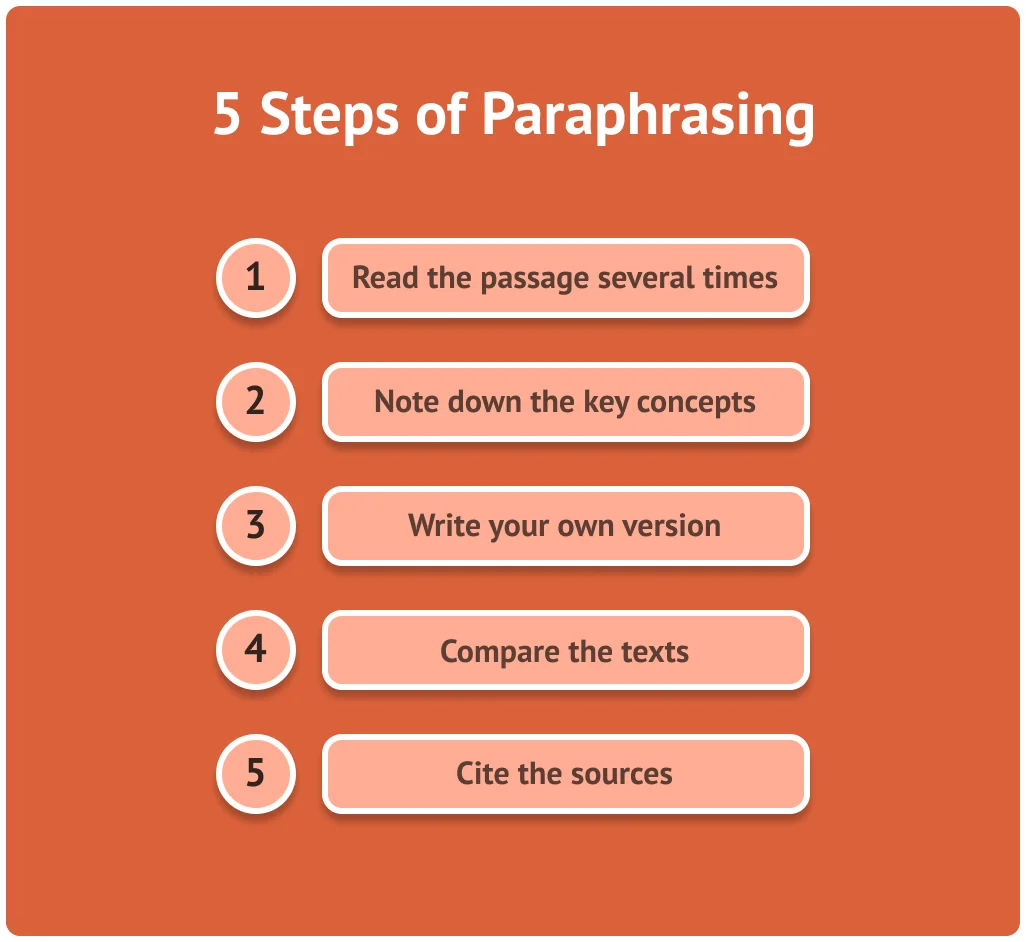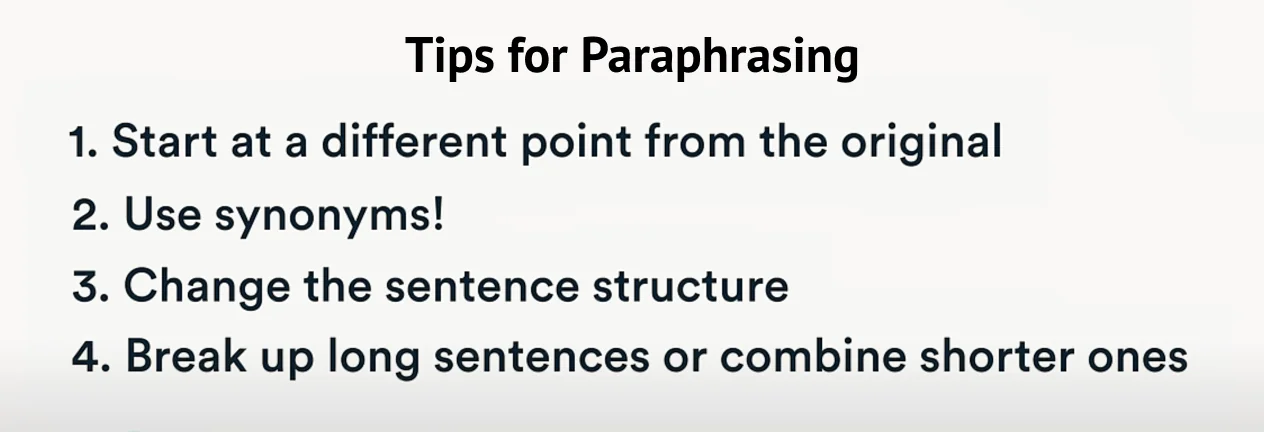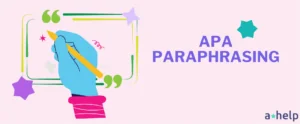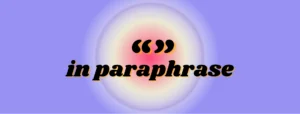TLDR
This video tells about mastering paraphrasing in five easy steps, presented by Jessica from Scribbr. Paraphrasing is defined as rewriting a passage in your own words without changing the original meaning. The steps include understanding the text, noting key concepts, writing your version, comparing with the original and making changes, and citing the source. Additionally, four tips are given to enhance paraphrasing skills: starting the sentence differently, using synonyms, changing sentence structure, and breaking or combining sentences. The video also differentiates paraphrasing from quoting and tells when should you paraphrase information instead of using a direct quote.

✅ AI Essay Writer ✅ AI Detector ✅ Plagchecker ✅ Paraphraser
✅ Summarizer ✅ Citation Generator
This article is a summary of a YouTube video “How to Paraphrase in 5 Easy Steps” by Scribbr
Key insights
- Definition of Paraphrasing: Paraphrasing is the act of rewriting a specific passage from another source in one’s own words, while preserving the original meaning and not omitting any essential information.
- Five Steps to Effective Paraphrasing:
- Understanding the Text: Read the original passage several times to fully grasp its meaning.
- Noting Key Concepts: Jot down the main ideas or concepts of the passage.
- Writing Your Version: Rewrite the passage in your own words without looking at the original text.
- Comparing and Editing: Compare your paraphrased version with the original to ensure it’s sufficiently different, and make changes if necessary.
- Citing the Source: Always cite the original source of the text, even when paraphrased.
- Four Tips for Better Paraphrasing:
- Start Differently: Begin your paraphrased sentence at a different point from the original source.
- Use Synonyms: Employ synonyms to express the same ideas in different words.
- Change Sentence Structure: Alter the structure of the sentence, such as switching from active to passive voice or vice versa.
- Modify Sentence Length: Break long sentences into shorter ones or combine short sentences into a longer sentence to vary the structure.
- Paraphrasing vs. Quoting: Paraphrasing is distinct from quoting, where quoting involves copying a source word for word. Paraphrasing requires understanding and processing the information before presenting it in a new form; one can use a paraphrasing tool for free or expert AI reworder to make it easier.
- The Importance of Paraphrasing in Academic Writing: Paraphrasing is preferred over direct quoting as it shows a deeper understanding of the source material and helps maintain the original voice of the writer in the paper. It is recommended to use quotes sparingly, such as for definitions or supporting arguments.

Timestamped Summary
- 0:00-0:13: Introduction to the video on paraphrasing, presented by Jessica from Scribbr.
- 0:13-0:34: Definition of paraphrasing as rewriting a passage in your own words while maintaining the original meaning and not removing any information.
- 0:37-1:02: The five steps to effective paraphrasing: understanding the text, noting key concepts, rewriting in your own words, comparing with the original, and citing the source.
- 1:07-1:14: Mention of Scribbr’s citation generator and the unnecessary use of quotation marks in paraphrasing.
- 1:22-2:01: Four tips to enhance paraphrasing skills: starting sentences differently, using synonyms, changing sentence structure, and varying sentence length.
- 2:04-2:55: An example illustrating the application of the four tips in paraphrasing.
- 3:00-3:24: Explanation of the difference between paraphrasing and quoting, emphasizing the importance of paraphrasing to maintain the writer’s voice in academic papers.
- 3:24-End: Conclusion of the video, encouraging engagement with the provided content and pointing to additional resources.

Q&A
Follow us on Reddit for more insights and updates.





Comments (0)
Welcome to A*Help comments!
We’re all about debate and discussion at A*Help.
We value the diverse opinions of users, so you may find points of view that you don’t agree with. And that’s cool. However, there are certain things we’re not OK with: attempts to manipulate our data in any way, for example, or the posting of discriminative, offensive, hateful, or disparaging material.